Explore the comprehensive guide to banishing foot pain for good! Learn about innovative arch support techniques and bid farewell to discomfort.
Introduction: Understanding Foot Pain
Foot pain, a widespread issue affecting individuals across various demographics, encompasses a spectrum of discomforts that can impede mobility and daily activities. It manifests in diverse forms, ranging from the consequence of ill-fitted footwear to chronic conditions like plantar fasciitis, impacting individuals of all ages and lifestyles.
This discomfort often extends beyond surface inconvenience, influencing posture, gait, and overall well-being. Understanding the nuances of foot pain involves delving into its root causes, which can include biomechanical imbalances, structural abnormalities, or injuries. Exploring these factors is crucial to comprehend the complexity of foot-related issues and discover effective solutions tailored to alleviate discomfort and enhance quality of life.
The Roots of Foot Pain
- Biomechanical Factors: The complex mechanics of the foot, comprising arches, tendons, and muscles, are integral to proper movement. Irregularities like flat feet, where the arches collapse, or high arches, leading to excessive pressure, often contribute to discomfort. These biomechanical variations can cause strain, affecting not just the feet but also impacting ankles, knees, and even the lower back.
- Inadequate Footwear: Shoes play a crucial role in foot health. Ill-fitting or unsupportive footwear can lead to numerous problems. Tight shoes can cause bunions or corns, high heels can strain the arches and toes, while shoes lacking proper arch support fail to distribute weight evenly, resulting in various discomforts like plantar fasciitis or Achilles tendonitis.
- Injuries and Overuse: Engaging in repetitive activities or sustaining injuries can cause acute or chronic foot pain. Long-distance running without proper footwear, sudden increases in activity levels, or even standing for extended periods on hard surfaces can lead to stress fractures, tendon strains, or plantar fasciitis.
- Medical Conditions: Various medical conditions directly impact foot health. Arthritis can cause inflammation and stiffness, affecting joints in the feet. Diabetes can lead to nerve damage (neuropathy) or poor circulation, increasing the risk of foot ulcers or infections. Conditions like gout or peripheral artery disease also contribute to foot discomfort and complications.
- Weight and Lifestyle: Excessive body weight can amplify foot pain. Added pressure on the feet can exacerbate existing conditions or prompt new ones. Additionally, sudden changes in physical activity levels or prolonged sedentary behavior can strain the feet, leading to discomfort.
Understanding these underlying factors helps in not only addressing immediate pain but also in implementing preventive measures and lifestyle changes that support healthier feet. Identifying specific contributors to foot pain aids in tailoring treatments and adopting habits that promote long-term foot health and overall well-being.
The Evolution of Arch Support
- Historical Beginnings: Arch support can be traced back to ancient civilizations, where rudimentary forms like sandals with elevated sections were crafted to provide basic support. Ancient Egyptians, Greeks, and Romans recognized the importance of foot support for comfort and mobility.
- Orthopedic Innovations: The 20th century marked a pivotal period in arch support development. Orthopedic specialists delved deeper into foot anatomy, designing custom orthotics to address specific foot conditions. These customized supports catered to individual arch shapes and provided targeted relief.
- Technological Advancements: With technological progress, materials and manufacturing techniques underwent significant transformations. Traditional materials like leather gave way to modern materials such as memory foam, gel inserts, and high-grade plastics. These innovations enhanced comfort, durability, and support.
- Biomechanical Research: Understanding foot biomechanics became pivotal in refining arch support. In-depth studies on gait patterns, weight distribution, and impact forces led to the creation of orthotic insoles and shoes designed to align the foot properly and absorb shock efficiently.
- Inclusive Design Approach: Recent years have seen a shift towards inclusivity in arch support design. Footwear companies have embraced diverse foot shapes and sizes, offering a range of options catering to various arch types, from flat feet to high arches, ensuring comfort and support for a wider demographic.
- Customization and Personalization: Advancements in 3D printing and scanning technologies have enabled the creation of highly personalized arch supports. Custom orthotics, tailored precisely to an individual’s foot contours and specific needs, have become more accessible, providing unparalleled support and comfort.
This evolutionary journey reflects a fusion of historical insights, medical advancements, and technological innovations. The contemporary landscape of arch support offers an array of options, from off-the-shelf products to personalized solutions, catering to diverse foot needs and revolutionizing the way we approach foot care and comfort.
Innovative Footwear Solutions
- Customized Orthotics: Tailored to individual foot contours, custom orthotics have surged in popularity. Using advanced technologies like 3D scanning and printing, these inserts precisely match the unique shape of the foot, providing unparalleled support and relief for specific conditions.
- Arch Support Shoes: Footwear companies have integrated arch support directly into shoe designs. These shoes cater to various arch types, offering enhanced stability and comfort. From athletic sneakers to everyday footwear, arch support shoes have become a go-to solution for many seeking comfort without compromising style.
- Memory Foam and Gel Inserts: Modern materials like memory foam and gel inserts have revolutionized traditional insoles. These materials contour to the foot’s shape, providing cushioning and support, effectively absorbing shock and reducing pressure on sensitive areas.
- Minimalist Footwear: A rising trend, minimalist footwear focuses on allowing the foot to move naturally while still providing adequate support. These shoes offer a more flexible sole, allowing for a more natural gait and better foot function.
- Smart Footwear Technology: With the advent of technology, smart footwear has entered the scene. These innovative shoes incorporate sensors and tracking systems to monitor gait, activity levels, and even detect potential foot problems, providing real-time feedback and personalized insights for users.
- Environmentally Conscious Footwear: Sustainable and eco-friendly footwear options have gained traction. Brands are using recycled materials, organic fabrics, and sustainable production methods to create footwear that not only supports foot health but also reduces environmental impact.
- Fashion-Forward Orthopedic Designs: The stereotype of orthopedic shoes being unattractive has been shattered with fashionable designs that seamlessly blend style and functionality. These shoes prioritize both aesthetic appeal and foot support, catering to individuals seeking a blend of fashion and comfort.
These innovative solutions signify a shift towards personalized, technology-driven, and sustainable approaches in footwear. They empower individuals to prioritize foot health without compromising on style or comfort, marking a paradigm shift in the way we perceive and embrace footwear.
Crafting a Personalized Foot Care Routine
- Daily Cleansing and Inspection: Start by washing your feet daily with mild soap and warm water. Thoroughly dry them, paying attention to spaces between toes. Regularly inspect your feet for any cuts, blisters, or abnormalities.
- Moisturization: Apply a moisturizer to keep the skin hydrated, focusing on heels and soles. Avoid applying lotion between the toes to prevent moisture buildup, which can lead to fungal infections.
- Nail Care: Trim toenails straight across to prevent ingrown nails. File the edges gently to smooth any roughness. Avoid cutting them too short to prevent painful ingrown nails.
- Proper Footwear: Wear shoes that fit well, provide ample support, and suit the activity. Avoid tight or narrow shoes that can cause discomfort or deformities. Rotate shoes to allow them to air out between uses.
- Arch Support Inserts: Consider using arch support inserts or orthotics tailored to your foot’s needs. Custom or over-the-counter supports can alleviate discomfort and provide better foot alignment.
- Regular Exercise and Stretching: Engage in exercises that strengthen foot muscles and improve flexibility. Simple movements like toe stretches, calf raises, or rolling a tennis ball underfoot can enhance foot health.
- Elevate and Rest: When possible, elevate your feet to reduce swelling and ease tension. Incorporate periods of rest, especially after long periods of standing or physical activity.
- Hygiene Maintenance: To prevent fungal infections, keep feet dry, especially between toes. Use clean socks made of moisture-wicking material and change them daily.
- Foot Soaks: Treat your feet to occasional foot soaks using Epsom salts or gentle foot scrubs. This can help relax muscles, alleviate soreness, and exfoliate dead skin.
- Professional Check-ups: Regularly schedule foot check-ups with a podiatrist or healthcare professional, especially if experiencing persistent discomfort, pain, or noticing any unusual changes in foot health.
Personalizing a foot care routine involves understanding individual needs and addressing specific concerns. By incorporating these practices into daily life, one can ensure that their feet stay healthy, comfortable, and ready to support them through life’s journeys.
Expert Insights: Realizing the Arch Support Revolution
- Biomechanical Understanding: Experts emphasize the significance of understanding foot biomechanics in revolutionizing arch support. Comprehensive studies on gait patterns, weight distribution, and foot alignment have guided the development of tailored solutions that address individual foot needs effectively.
- Customization and Precision: The shift towards personalized arch support, such as custom orthotics, has been a game-changer. Experts highlight the importance of precise customization, achieved through technologies like 3D scanning and printing, ensuring optimal support and comfort for various foot conditions.
- Impact on Lifestyle and Well-being: Arch support isn’t merely about alleviating foot pain; it’s about enhancing overall well-being. Specialists emphasize how proper support positively influences posture, joint health, and even athletic performance, extending its impact beyond foot health alone.
- Innovation in Material Science: Advancements in materials have played a pivotal role in the revolution. Experts note the use of cutting-edge materials like memory foam, gel inserts, and durable plastics, which offer superior cushioning, shock absorption, and durability, elevating the comfort and longevity of arch support products.
- Consumer Awareness and Choice: Experts stress the importance of consumer education. Empowering individuals with knowledge about their foot health, arch types, and available support options enables informed decisions, encouraging them to seek appropriate solutions tailored to their unique needs.
- Future Prospects: Looking ahead, experts foresee continued evolution in arch support technology. Anticipated advancements in smart footwear, biocompatible materials, and sustainable designs indicate a promising future, further enhancing foot health and comfort.
These expert insights underscore the multifaceted impact of the Arch Support Revolution. From personalized solutions to holistic well-being, this revolution reshapes the way we perceive, prioritize, and benefit from foot support, emphasizing its significance in enhancing overall quality of life.
Implementing the Arch Support Revolution: A Path to Relief
- Understanding Individual Needs: The first step is to recognize and understand individual foot requirements. Assessing arch types, foot shapes, and any existing conditions helps in identifying the right support needed for optimal relief.
- Consultation and Assessment: Seek guidance from a podiatrist or foot health professional. A thorough evaluation aids in determining specific needs and whether custom orthotics or specialized supports are necessary.
- Exploring Support Options: With a myriad of arch support solutions available, explore the range of options. From off-the-shelf orthotic insoles to custom-designed supports, find the most suitable choice that aligns with individual foot characteristics and comfort preferences.
- Gradual Adjustment Period: Introducing new arch supports might require an adjustment period. Gradually increasing wear time allows the feet to adapt, reducing the likelihood of discomfort during the transition.
- Incorporating Support into Daily Routine: Embrace consistency in utilizing arch supports. Incorporating them into daily activities, whether at work, during exercise, or even at home, ensures continuous relief and support for the feet.
- Pairing with Proper Footwear: Pairing arch support with appropriate footwear amplifies its effectiveness. Ensure that shoes provide ample room, proper cushioning, and support to complement the benefits of arch support.
- Regular Assessment and Adaptation: Periodically reassess foot health and comfort. Over time, foot needs may change, requiring adjustments or modifications in arch supports to maintain optimal relief and support.
- Embracing Lifestyle Changes: Beyond arch support, adopt lifestyle adjustments that benefit foot health. Incorporate exercises to strengthen foot muscles, maintain a healthy weight, and choose footwear that prioritizes both style and support.
- Promoting Awareness and Education: Share experiences and knowledge with others. Encourage awareness about the benefits of proper arch support and the impact it can have on foot health and overall well-being.
Implementing the Arch Support Revolution isn’t just about finding relief from foot discomfort; it’s about embracing a holistic approach to foot care. By customizing support, maintaining consistency, and making informed choices, individuals can embark on a journey towards improved foot health and enhanced comfort.
FAQs: Answering Key Queries
- What are the primary causes of foot pain? Foot pain can result from ill-fitting shoes, strenuous activities, or underlying medical conditions like plantar fasciitis.
- How do orthotic insoles help in relieving foot pain? Orthotic insoles offer customized support, rectifying imbalances, and alleviating pressure points, ensuring proper alignment for reduced discomfort.
- Are there specific exercises to alleviate foot pain? Yes, exercises such as stretching, rolling a tennis ball underfoot, and calf raises can strengthen muscles and alleviate pain.
- Is the Arch Support Revolution suitable for everyone? Absolutely, this revolution offers adaptable solutions catering to various foot types and conditions, ensuring personalized care and relief.
- Can improper footwear worsen foot pain? Yes, ill-fitting footwear can compromise natural alignment, leading to strain and exacerbating foot pain.
- How soon can one expect relief with the Arch Support Revolution? While results may vary, consistent application of techniques often leads to noticeable improvements within weeks, promoting sustained comfort.
Conclusion: Embracing Comfort and Mobility
The Arch Support Revolution presents a paradigm shift in tackling foot pain. Through innovative methods, personalized care, and expert guidance, this revolution promises a life free from persistent discomfort. Embrace these transformative techniques and stride confidently towards a pain-free future.
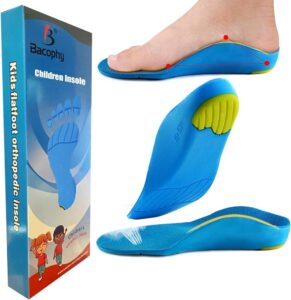


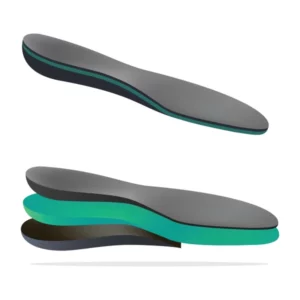
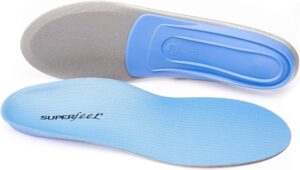


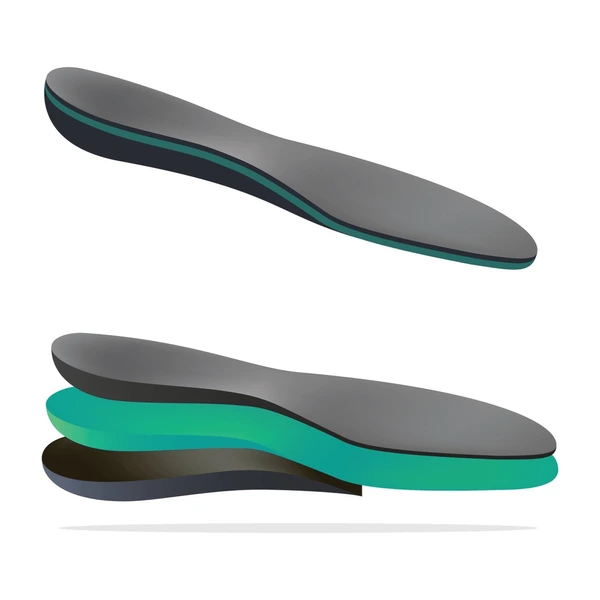
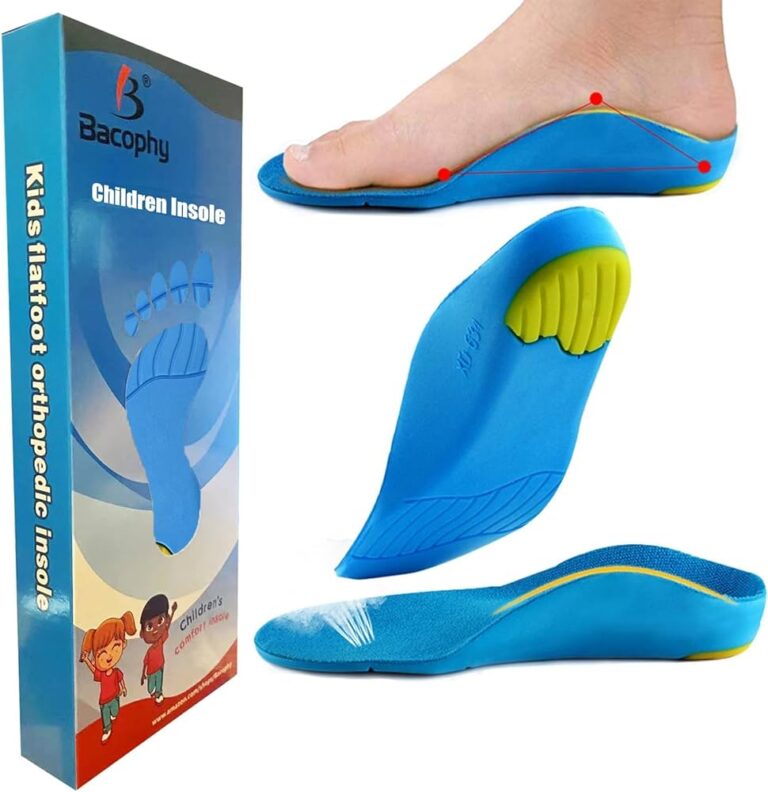
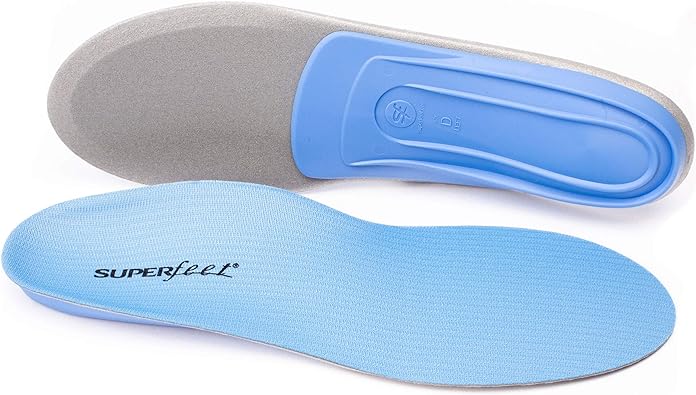

+ There are no comments
Add yours